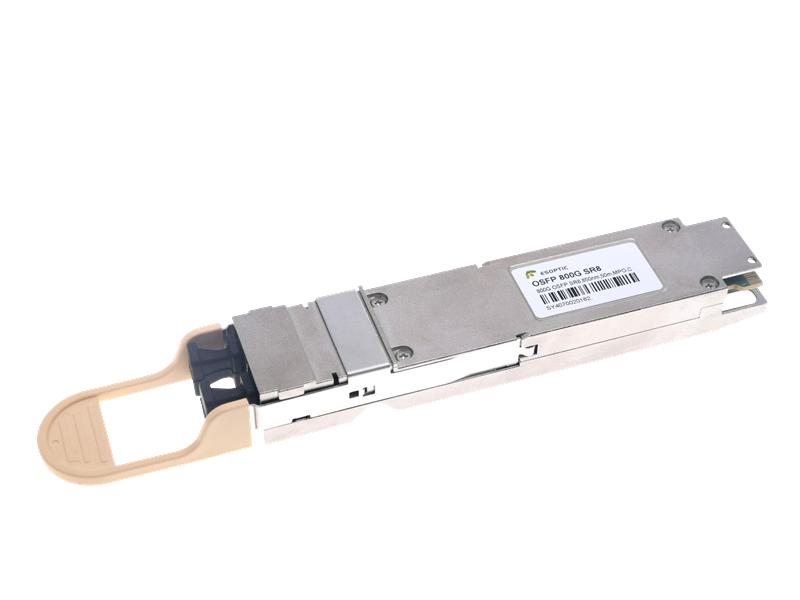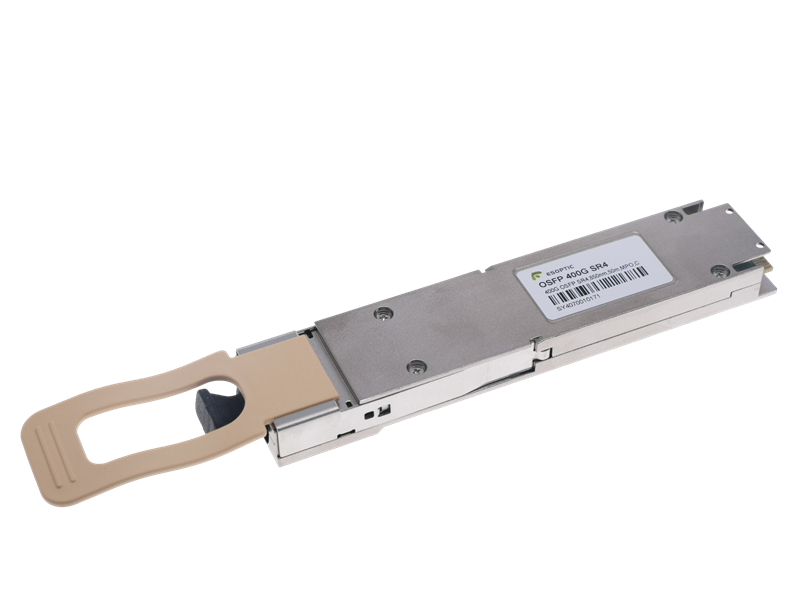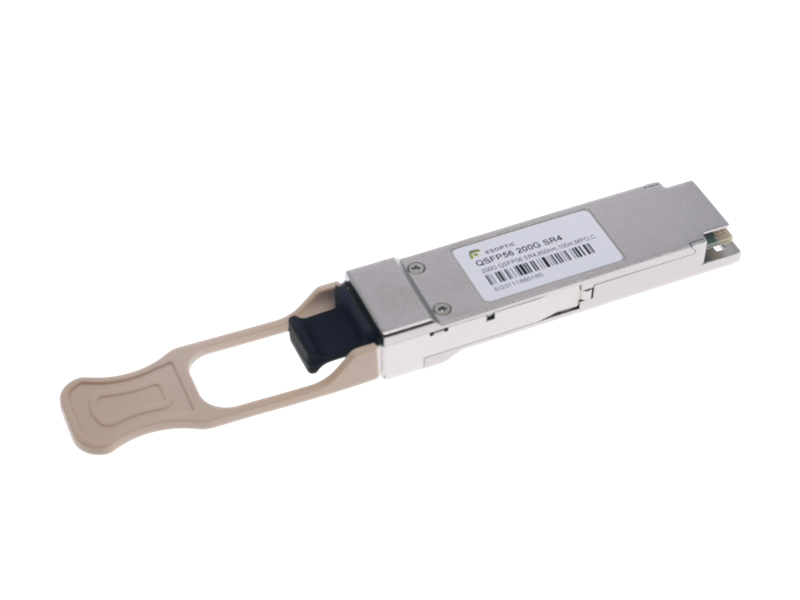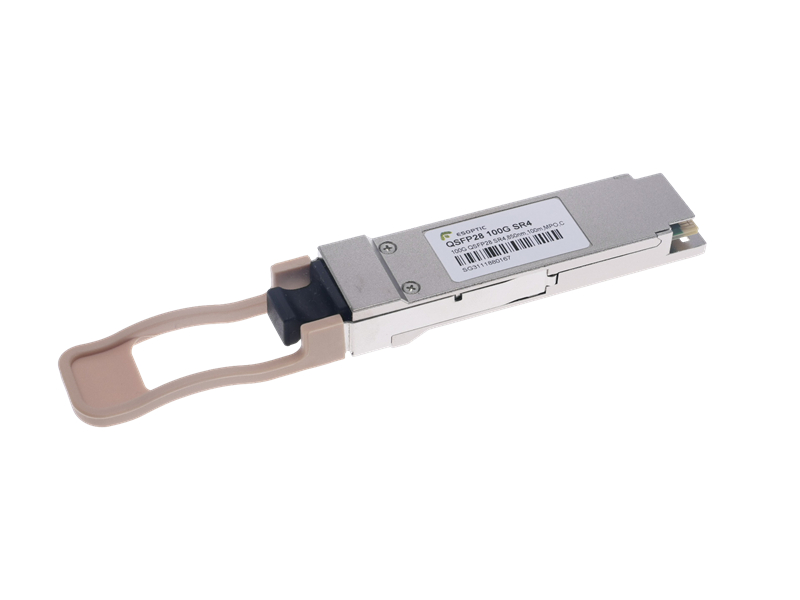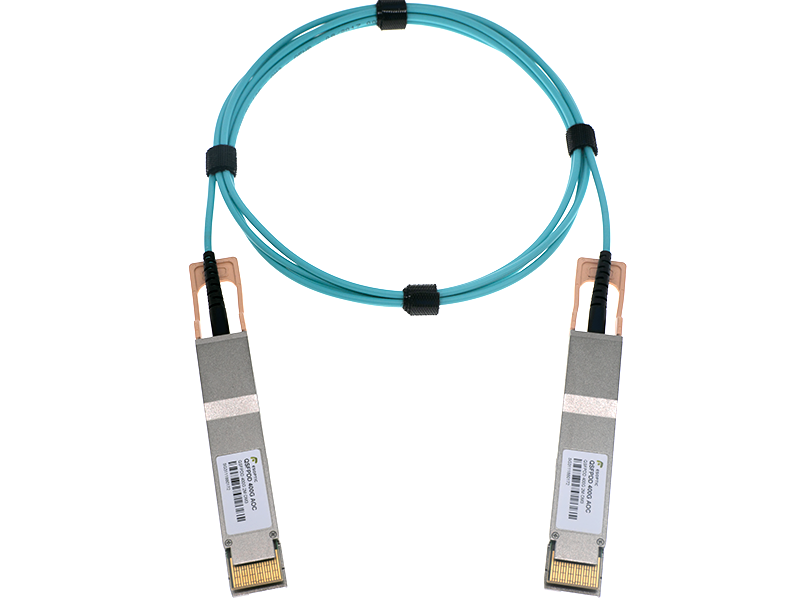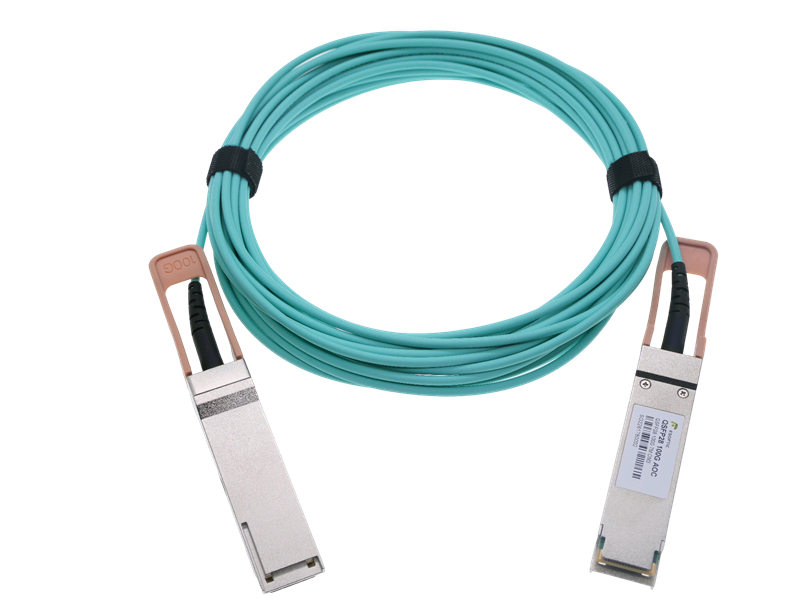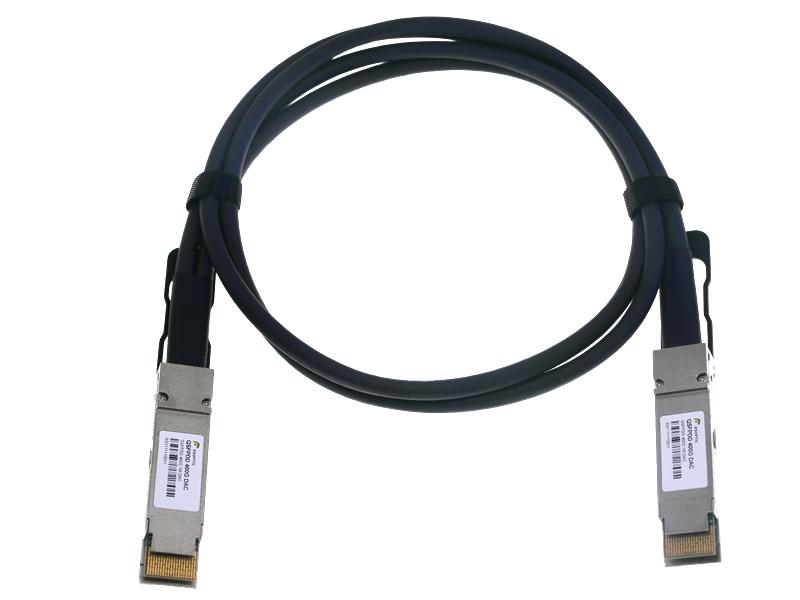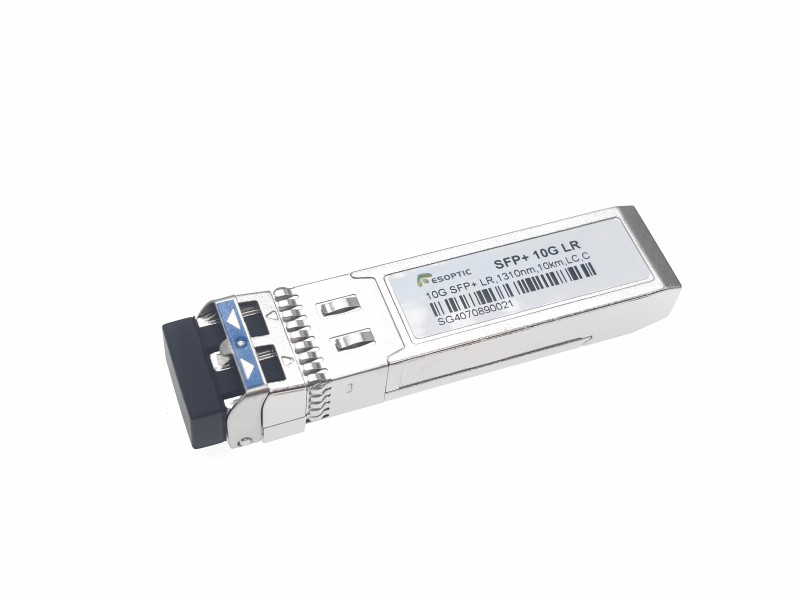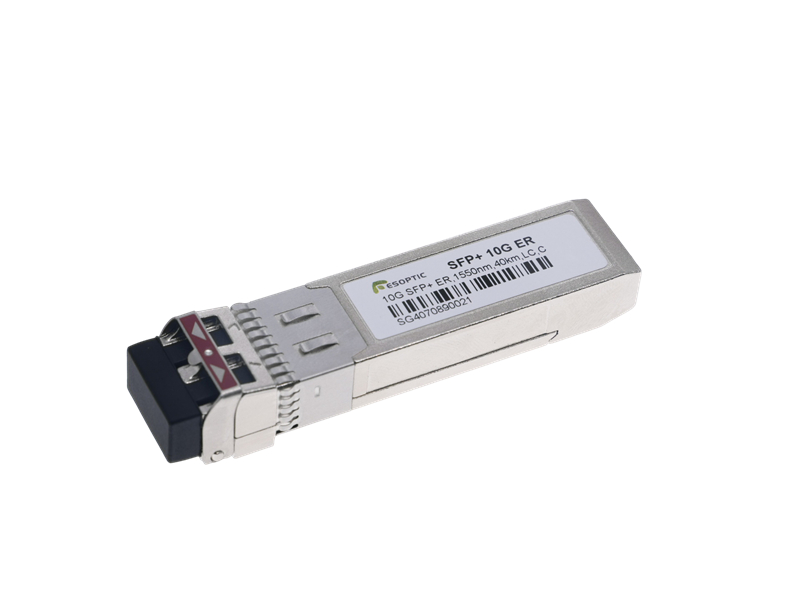In the ever-evolving world of optical communication, Silicon Photonics has emerged as a transformative force reshaping the design and performance of the optical transceiver. As data centers scale up to meet the exponential demand for bandwidth, the traditional boundaries between optics and electronics are rapidly fading. Silicon Photonics — the integration of photonic and electronic components on a single silicon substrate — is redefining how optical transceivers are built, making them faster, smaller, and more energy-efficient.
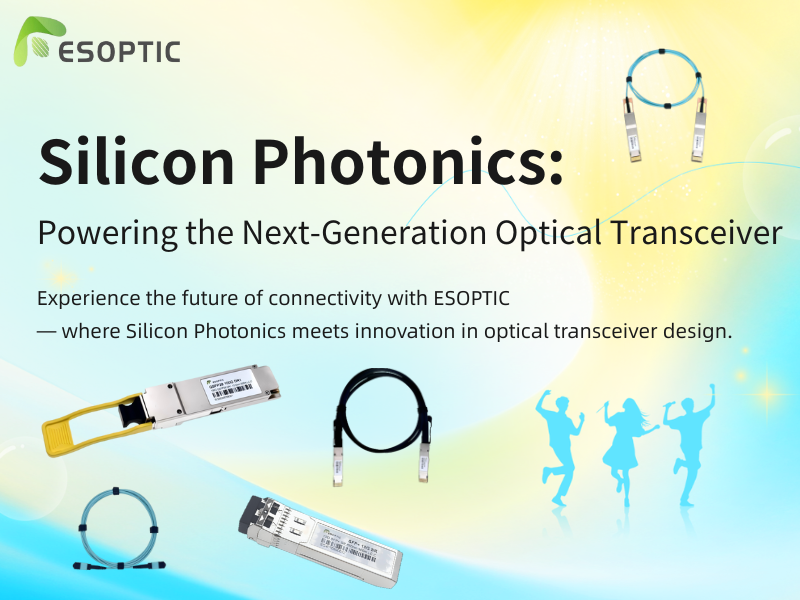
1. The Rise of Silicon Photonics in Optical Transceivers
For years, optical transceivers have relied on discrete components such as lasers, modulators, and photodetectors. However, Silicon Photonics changes this paradigm by enabling these optical functions to be integrated directly into silicon wafers. This integration allows manufacturers like ESOPTIC to produce optical transceivers that deliver higher speed and lower cost, while maintaining excellent thermal stability and scalability.
2. Key Advantages of Silicon Photonics
(1) Miniaturization and Integration
By integrating optical components on-chip, Silicon Photonics reduces the physical footprint of optical transceivers. This allows for denser interconnects within high-performance data centers and supercomputing environments.
(2) Cost Efficiency
Since Silicon Photonics leverages CMOS-compatible processes, large-scale production becomes possible. This compatibility reduces manufacturing costs while enhancing reliability.
(3) Power Efficiency
One of the biggest challenges in next-generation data centers is energy consumption. Silicon Photonics-based optical transceivers can cut power usage significantly, contributing to greener and more sustainable networks.
3. Application Scenarios of Silicon Photonics Optical Transceivers
Silicon Photonics-based optical transceivers are increasingly used in:
AI and HPC clusters, where high bandwidth and low latency are crucial;
Cloud computing networks, supporting massive parallel data transmission;
5G front-haul and mid-haul, enabling fast, stable connectivity;
Next-generation optical interconnects, linking processors, memory, and storage.
At ESOPTIC, our R&D team is actively exploring Silicon Photonics integration across 400G, 800G, and even 1.6T optical transceiver designs to meet global data infrastructure challenges.
4. The Future Outlook
The adoption of Silicon Photonics is more than a technological upgrade — it’s a strategic evolution. As network speeds climb beyond 1Tbps, only highly integrated optical transceivers can sustain the required performance, density, and power efficiency. ESOPTIC is committed to developing Silicon Photonics-based solutions that bridge the gap between today’s data demands and tomorrow’s intelligent connectivity.
5. ESOPTIC’s Commitment
With over a decade of optical communication experience, ESOPTIC continues to push innovation in optical transceivers, AOC, and DAC solutions. By embracing Silicon Photonics, ESOPTIC aims to deliver advanced, scalable, and eco-efficient products to empower the next generation of data centers and cloud infrastructures.
FAQs About Silicon Photonics and Optical Transceivers
Q1: What is Silicon Photonics technology?
A1: Silicon Photonics integrates optical and electronic components onto a single silicon chip, enabling faster and more efficient data transmission.
Q2: Why is Silicon Photonics important for optical transceivers?
A2: It enhances performance, reduces size and power consumption, and allows mass production using CMOS technology.
Q3: Will Silicon Photonics replace traditional optical transceivers?
A3: Not immediately. Traditional optical transceivers still serve many needs, but Silicon Photonics is rapidly expanding in high-performance and data-intensive environments.
Q4: What bandwidths can Silicon Photonics-based optical transceivers support?
A4: Currently, they are widely used in 400G and 800G applications, with research advancing toward 1.6T.
Q5: How does ESOPTIC apply Silicon Photonics in its product line?
A5: ESOPTIC integrates Silicon Photonics technology into high-speed optical transceivers to enhance energy efficiency, signal integrity, and scalability for global customers.


